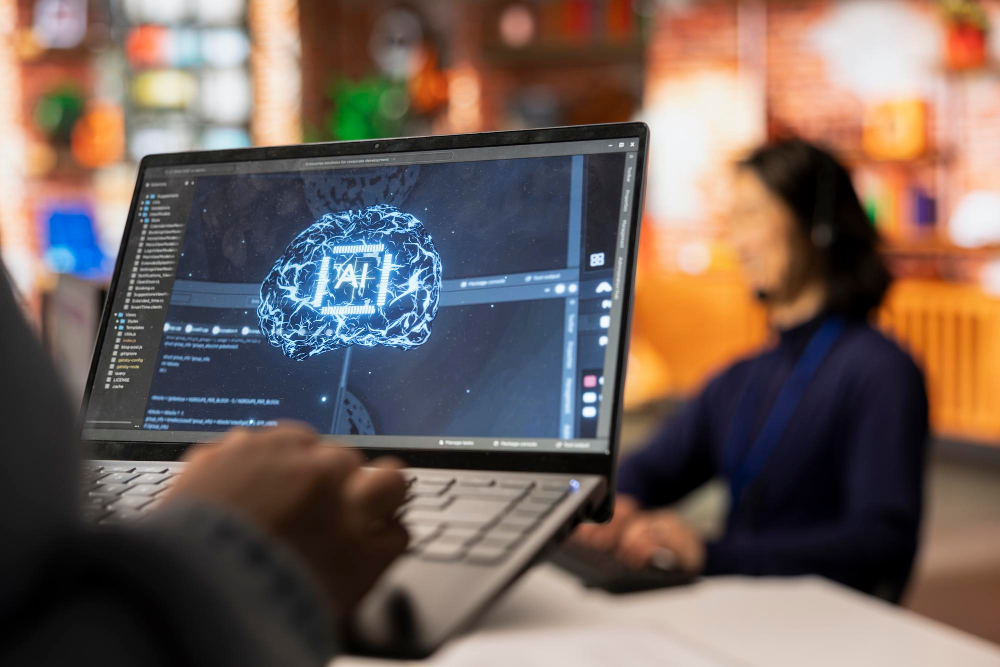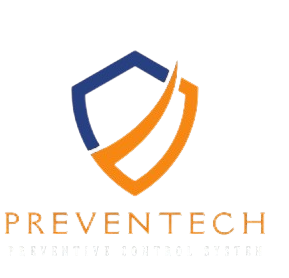
Cognitive Science Transforms Industrial Risk Prevention
In the modern even more dynamic conditions for workplace safety, companies only now are starting to search beyond the tangible dangers and explore the insidious threat of cognitive fatigue. New research shows that mental fatigue, even before it is visible, drastically increases the risk of injury in the industrial workplace. With more frequent shifts, complex operations, and demanding working conditions, the new industrial employee is always functioning under circumstances ideally suited to mental burnout.
Neuroergonomics and biomechanics give us a revolutionary framework of understanding how mental stress affects physical performance. Unlike ancient models that intervene after an event has occurred, today’s safety models strive to predict risk in real time. At the center of the revolution is Preventech, which leverages AI, sensors, and real-time human behavior tracking to detect and respond to cognitive decline before there’s even risk.
This is not just a product enhancement. It’s an approach to science-driven, people-centric safety. With every release, Preventech gets smarter, remaining in alignment with the current research and pushing the innovation toward predictive, personalized protection.
Understanding and Detecting Cognitive Fatigue
Cognitive fatigue is one of the most underrated risks in high-stakes work environments. It is considered as the mental exhaustion that gradually piles up following sustained attention and complex tasks. Allowing unmanaged cognitive fatigue, alertness diminishes, the ability to decide becomes impaired, and fine motor skills are disturbed, all being precursors to workplace accidents (Frontiers in Psychology, 2023).
In industrial safety science, cognitive fatigue is now recognized as a leading cause of micro-errors, which are often invisible but catastrophic. These include a misjudged step near heavy machinery or delayed reflexes in hazardous zones. Preventech identifies the signs of cognitive fatigue using real-time motion analytics, correlating subtle behavioral cues with known fatigue signatures.
What the Preventech system has going for it is how it does not wait for any fading signs of decline. It senses cognitive fatigue before the worker does. Through the use of predictive algorithms, the system initiates lockouts, alerts, or task reallocations according to cognitive load thresholds. This is what makes it a real-time partner in injury prevention.
Neuroergonomics Enables Smarter Industrial Design
Neuroergonomics bridges neuroscience and workplace design, giving rise to systems that don’t just protect but understand the human mind. Rooted in cognitive science, neuroergonomics analyzes how attention, memory, and decision-making are influenced by task design, environmental stress, and interaction with machines (International Journal of Industrial Ergonomics, 2022).
Traditional safety systems are often one-size-fits-all. In contrast, neuroergonomics supports adaptive systems that respond to each worker’s mental state. That’s where Preventech shines. It uses principles from neuroergonomics to continuously assess cognitive strain and calibrate safety thresholds accordingly. For example, in high-load scenarios, it increases sensitivity to motion anomalies and delays machine reactivation until recovery is detected.
Preventech doesn’t just apply neuroergonomics—it evolves with it. Its configuration system can adapt based on job type, fatigue cycle, and worker behavior. By combining modular tech with neuroergonomics, the system ensures that workers are not just monitored but supported by intelligent automation that puts their mental health first.
Biomechanics and Motion-Based Risk Prediction
Biomechanics is the scientific study of body movement, and in industrial safety, it plays a pivotal role in accident prevention. When cognitive fatigue sets in, it subtly alters posture, gait, and motion patterns. According to research in the Journal of Neuroengineering and Rehabilitation (2023), minor deviations in movement can precede serious injuries by minutes or even hours.
Preventech uses biomechanics to interpret these deviations in real-time. Its wearable sensors track the kinetic chain—symmetry of footfall to rotation of the shoulder—and alert to when a worker’s physical control is being undermined, usually as a secondary effect of cognitive fatigue. These data are analyzed via a behavior-based AI model that incorporates biomechanics, which identifies hazardous motion anomalies before they become serious.
The real innovation is how Preventech uses biomechanics not as an add-on but as a core layer of intelligence. Every movement is data. Every imbalance is a warning. Through continuous biomechanical surveillance, the system keeps the worksite safer and smarter.
Preventech’s Role in Working Memory Overload
Working memory—the brain’s short-term data processor—is required for activities involving multiple steps or decisions. When working memory is stressed, employees skip key steps or misread safety signals. A 2023 Nature Human Behavior study found that working memory overload increases the likelihood of a serious mistake by nearly 45%.
Preventech addresses this by correlating indicators of cognitive fatigue with complexity of tasks. When working memory overload is detected—via decelerated response times, fluctuating pacing, or erratic focus—the system invokes preventive measures. These include reduced visual guidance, AI-computed reminder messages, or auto-shutdown of machines.
Neuroergonomics and biomechanics intersect here in harmony. Preventech uses ergonomic triggers to reduce strain and biomechanical feedback to quantify stress. Combined, these controls prevent cumulative overload and introduce real-time correction before the worker’s memory buffer collapses.
This integration makes Preventech a revolutionary device—not just for risk prevention but also for proactive cognitive load management. It enables the brain to perform at its most efficient area, significantly extending spans of safe work.
Predictive Safety with Cognitive Biometrics
The future of safety is prediction—and Preventech is already here. Through the recording of cognitive biometrics like micro-expressions, response latency, and postural range variability, the system is able to forecast when a worker is about to step into a danger zone. In a 2024 IEEE Transactions on Affective Computing paper, researchers showed that cognitive biometric models forecasted high-risk states at an accuracy rate of 87%—far better than human monitors.
What is unique about Preventech is how it bridges cognitive forecasting to real-time actual control of the machines. When biomechanics indicate rising cognitive fatigue, the system initiates slowdown or stop. When biomechanics indicate a shaking motion trend, equipment disengages. When neuroergonomics detect overload, the environment adjusts.
All these aspects work in synergy, driven by data-hungry model learning from each worker. With Preventech’s repeated use, accuracy, customization, and prevention enhance. Preventech evolves not just as a safety tool but as an intellectual copilot—increasing consciousness, reducing accidents, and setting a new standard in safety.
Conclusion
Industrial accidents do not begin with faulty equipment. They begin in the head—with miscalculation of timing, a dropped step, a reaction lag. That is why safety must reach deeper. It must identify cognitive fatigue, track biomechanics, employ neuroergonomics, and predict risk before it becomes harm.
Preventech is not only following this scientific trend—it’s leading it. Its safety system is not for machines themselves, but for the intelligent, susceptible, and humanly fallible operators who pilot them. Using AI-based analytics, sensor fusion, and continuous adaptation, Preventech translates reactive safety to predictive protection.
By adopting this system, companies are making safety one step closer to that future when it isn’t a checkbox, but an intelligent, adaptive process according to neuroscience. Every version of Preventech brings it closer to creating spaces where accidents can’t happen—because the system already anticipated them.



